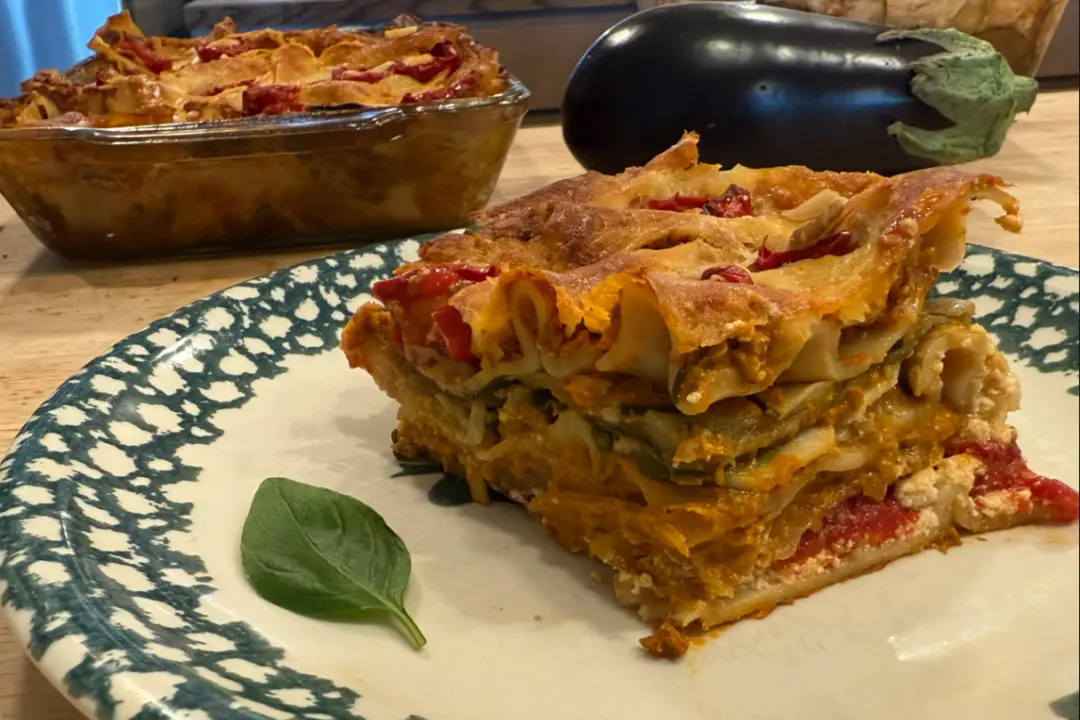“Always drink your best beer,” my buddy Chad Harder says. “That way you will always be drinking your best beer.”
This mantra is as close to religion as Harder may ever get. And its wisdom is available to all, including non-beer drinkers like me, whose fridge isn’t teeming with different types of beer to choose from every time I get thirsty. But as a wine drinker, I’ve faced similar calculations deciding which bottle to drink, and Chad’s advice takes all of the stress and guesswork out of that ordeal. Don’t overthink it. Drink your best stuff. Always. That’s it. The same logic applies to most other foodstuffs. And elsewhere in life. You can take it as far as you wish.





